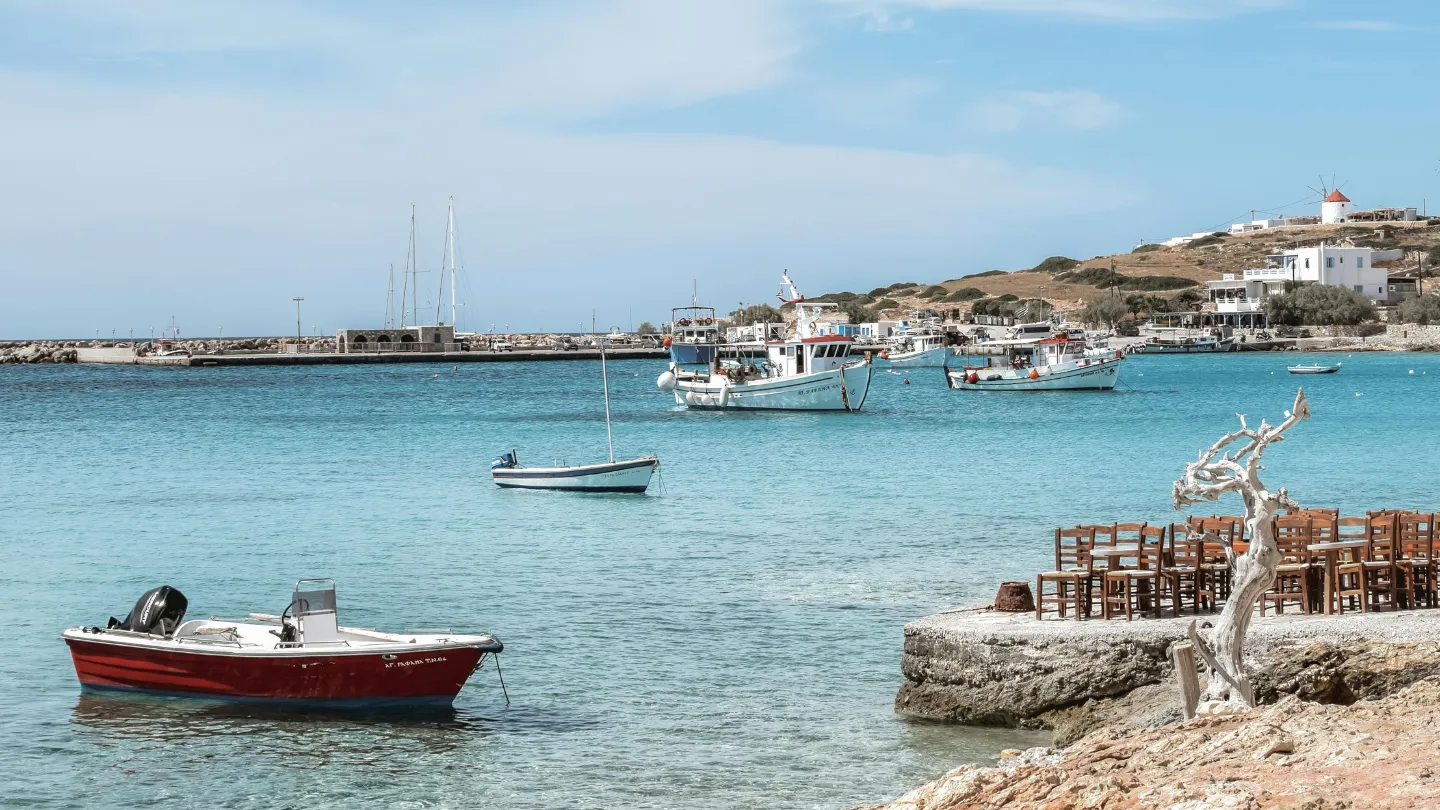Bali, Indonesia, has a reputation that goes far beyond its beaches. It is an island where history, spirituality, art, and nature come together in ways that feel both welcoming and deeply rooted. Travellers arrive expecting scenery, but what stays with them is the rhythm of daily Balinese life: ceremonies unfolding in village temples, the soft hum of morning markets, and the calm of rice terraces that stretch to the horizon. This Bali travel guide focuses on the essentials that matter most for those planning their first or fifth visit, offering real insights into Bali tourism and what makes this island feel so different from the rest of Indonesia.
From understanding the Bali dry season and rainy season to preparing for Bali taxis, navigating the Bali map with Google Maps, choosing the right accommodation, or planning a simple Bali itinerary, this guide helps you approach your Bali trip planning with confidence.
How to Get to Bali
Travellers reach Bali by flying into Ngurah Rai International Airport, located between Kuta and Jimbaran in the south. Most visitors begin their Bali itinerary from this point, using airport taxis, a Bali Bluebird taxi, or Bali Gojek for transport. Driving in Bali takes time because roads are narrow, winding, and often busy, so expect a slower pace. This slower journey is part of the island’s character, especially when heading from the south to Ubud, Bali, North Bali, or East Bali.
Exploring Bali, Indonesia
Understanding Bali’s Landscape and Culture
Bali, Indonesia, is divided into distinct areas, each with its own atmosphere. The south is the most developed, offering beaches, nightlife, and resorts. Central Bali is the cultural heart, home to Balinese temples, art workshops, and rice terraces. North and East Bali are quieter, more rural, and ideal for nature-focused travellers.
Balinese culture shapes everyday life on the island. Ceremonies take place throughout the year, involving offerings, music, and traditional dress. Temples are not simply tourist sites but living spaces that support village rhythms. Travellers who slow down and observe these customs gain a deeper understanding of Balinese people and the island’s values.
Weather in Bali
The Bali dry season runs from April to October. Days are sunny, humidity is lower, and it is ideal for Bali beaches, Bali surfing, and outdoor adventures such as the Mt Batur hike. The Bali rainy season runs from November to March. Rain usually arrives in short, heavy bursts. Landscapes turn lush, waterfalls run stronger, and prices drop. Travellers who prefer quieter environments often find this a peaceful period for Bali wellness retreats, yoga classes, or exploring Ubud markets.
Best Places to Visit in Bali
Ubud
Ubud Bali is known for its temples, rice terraces, art studios, and slow pace. The Ubud rice terraces at Tegallalang and the quieter ones north of town show classic Bali scenery. Activities include visiting the Monkey Forest, joining Ubud yoga classes, cycling through villages, or browsing Ubud markets. Ubud food ranges from Balinese cuisine to Bali vegan food and Bali raw food cafés that draw wellness-oriented travellers.
Canggu
Canggu Bali mixes surfing beaches with a modern café culture. It attracts remote workers, young travellers, and those looking for a relaxed but social environment. Canggu surfing is particularly popular at Echo Beach and Batu Bolong, while Old Man’s Bar remains a well-known evening gathering spot. Coffee shops and Canggu brunch cafés set the daytime rhythm.
Seminyak
Seminyak Bali offers a blend of boutique shops, restaurants, and Seminyak beach clubs. It suits travellers who prefer comfort with easy access to dining and nightlife. Seminyak cafés are well known for breakfast and lunch, and the beach provides gentle waves suitable for beginners.
Uluwatu
Uluwatu Bali sits on limestone cliffs overlooking the Indian Ocean. It has some of the island’s most dramatic landscapes and powerful surf breaks. Travellers come for Uluwatu surfing, sunsets, and the cliffside temple Pura Luhur Uluwatu. Uluwatu cliff hotels bring elevated views, while Uluwatu restaurants focus on seafood and contemporary dining.
Sanur
Sanur Bali is calm and suited to families or travellers seeking a quieter coastline. It is also the main departure point for the Nusa islands gateway, including Nusa Lembongan, Nusa Ceningan, and Nusa Penida. These islands belong to the Nusa Archipelago and offer clear water, dramatic cliffs, and the well-known Manta Ray dive Bali experience.
Kuta
Kuta Bali is lively and affordable. Many travellers start their trip here because of the proximity to the airport. Kuta nightlife was once dominated by places like Sky Garden Bali, and while the area continues to evolve, it still offers an energetic scene for those who enjoy busy streets and social nightlife.
Nusa Dua
Nusa Dua resorts appeal to travellers looking for full-service hotels, calm beaches, and privacy. It offers a polished experience with landscaped grounds, secure areas, and wide beaches suitable for swimming.
North and East Bali
North Bali is quieter. Lovina dolphins are a popular sunrise activity, while Banjar hot springs offer a peaceful stop inland. Banyumala and Sekumpul waterfalls are among Bali’s most impressive, set in the highlands near Bedugul.
East Bali features temples such as Lempuyang and Tirta Gangga, along with rural scenery best explored by road. An East Bali road trip offers a refreshing shift from the crowded south.
Read more: Top Attractions & Things to do in Bali
Best Food to Try in Bali
Balinese cuisine focuses on aromatic spices, coconut, rice, grilled meats, and fresh vegetables. Local dishes such as nasi campur, bebek betutu, and sate lilit reveal the island’s flavours. Bali food culture now spans modern cafés, vegan restaurants, raw food bars, and traditional warungs. Travellers who explore both sides gain the most balanced view of the island’s culinary identity.
Things to Do in Bali
- Walk through Ubud rice terraces
- Watch a sunset at Uluwatu
- Learn surfing in Canggu or Kuta
- Visit Tanah Lot Temple
- Experience a Balinese ceremony
- Swim or relax on Sanur Beach
- Take a day trip to Nusa Lembongan
- Hike Mt Batur at sunrise
- Explore waterfalls in North Bali
- Join a cooking class focused on Balinese cuisine
Places to Stay in Bali
Bali offers accommodation for every type of traveller, from luxury escapes to simple homestays. Those seeking comfort and privacy often choose cliffside resorts in Uluwatu, beachfront hotels in Nusa Dua, or private villas in Seminyak and Canggu. Mid-range travellers can stay in Ubud boutique hotels surrounded by rice fields, Canggu guesthouses, or relaxed beach hotels in Sanur. Budget options are easy to find across the island, including hostels in Canggu, Ubud, and Kuta, as well as family-run homestays that offer a local atmosphere. Affordable hotels near major beaches provide a convenient base for exploring Bali’s landscapes, culture, and food scene while keeping costs manageable for longer stays.
Tips & Practical Advice
- Carry a sarong for temple visits.
- Use a Bali Bluebird taxi or Bali Gojek for reliable transport.
- Expect slower traffic due to narrow roads.
- Stay hydrated and be aware of Bali belly risks by choosing clean, reputable food places.
- Respect local customs, especially during ceremonies.
- Use offline maps in case your Bali Google Map signal drops in rural areas.
FAQs About Bali
Q: What is the best time to visit Bali?
The dry season from April to October offers the best weather for beaches, hiking, and outdoor activities.Q: Is Bali safe for solo travellers?
Yes, Bali is generally safe. Exercise normal caution, especially when riding scooters or walking at night.Q: Which area is best for first-time visitors?
Seminyak, Ubud, and Sanur offer the most balanced mix of comfort, culture, and accessibility.Q: How much budget do I need for a Bali trip?
Travellers typically spend between low and mid-range budgets. Homestays and local food make Bali affordable.Q: Can you swim at all Bali beaches?
Swimming conditions vary. Sanur and Nusa Dua are calm, while Uluwatu and Canggu have stronger waves.
The dry season from April to October offers the best weather for beaches, hiking, and outdoor activities.
Yes, Bali is generally safe. Exercise normal caution, especially when riding scooters or walking at night.
Seminyak, Ubud, and Sanur offer the most balanced mix of comfort, culture, and accessibility.
Travellers typically spend between low and mid-range budgets. Homestays and local food make Bali affordable.
Swimming conditions vary. Sanur and Nusa Dua are calm, while Uluwatu and Canggu have stronger waves.
Q: Is it easy to get around Bali without a scooter?
Yes, you can rely on Bluebird taxis, Gojek, Grab, or hiring a private driver.
Yes, you can rely on Bluebird taxis, Gojek, Grab, or hiring a private driver.
Conclusion
Bali, Indonesia, is more than a tropical island. Its culture, landscapes, food, and people create a sense of connection that stays with you long after your trip ends. Whether you come for beaches, ceremonies, yoga, nature, or a simple change of pace, Bali offers the space to explore at your own rhythm.
If you want more destination insights like this, you can find detailed, natural travel guides on The Peace Destinations website.
Read more: Top 15 Places to Visit Once in a Lifetime
Bali, Indonesia, is more than a tropical island. Its culture, landscapes, food, and people create a sense of connection that stays with you long after your trip ends. Whether you come for beaches, ceremonies, yoga, nature, or a simple change of pace, Bali offers the space to explore at your own rhythm.
If you want more destination insights like this, you can find detailed, natural travel guides on The Peace Destinations website.
Read more: Top 15 Places to Visit Once in a Lifetime
Want to explore?
Explore the world with our highly expert guides and affordable tour packages. Book your next trip with us today or Get a quote for your next trip!








